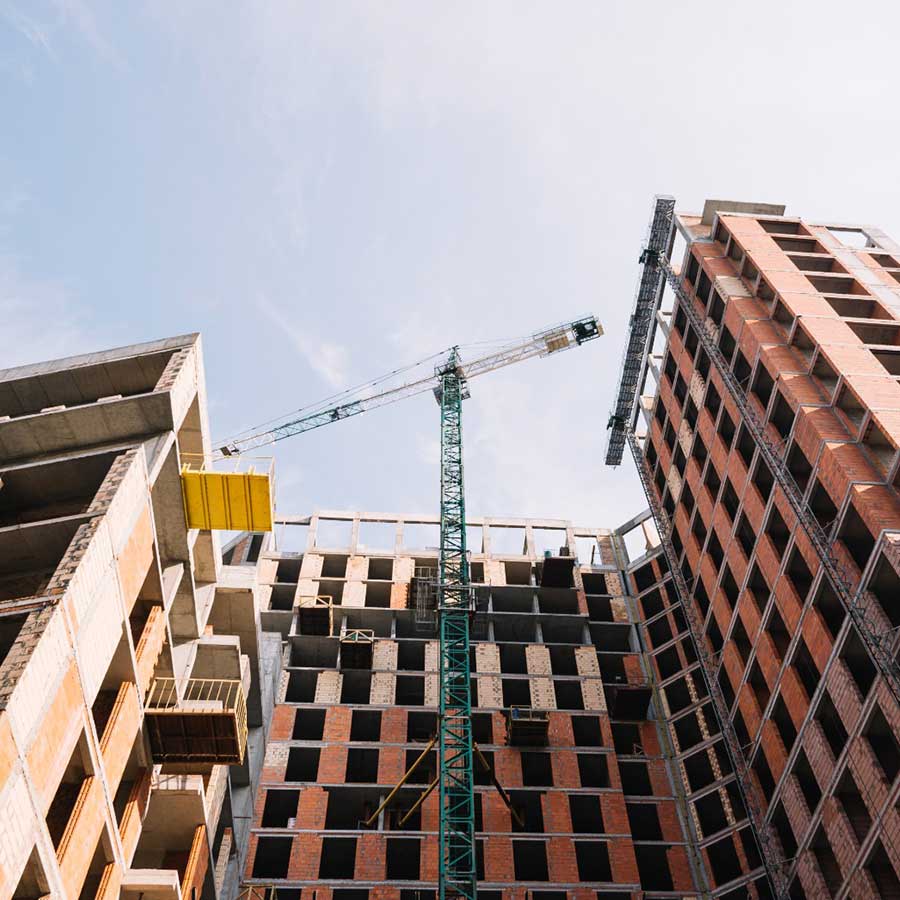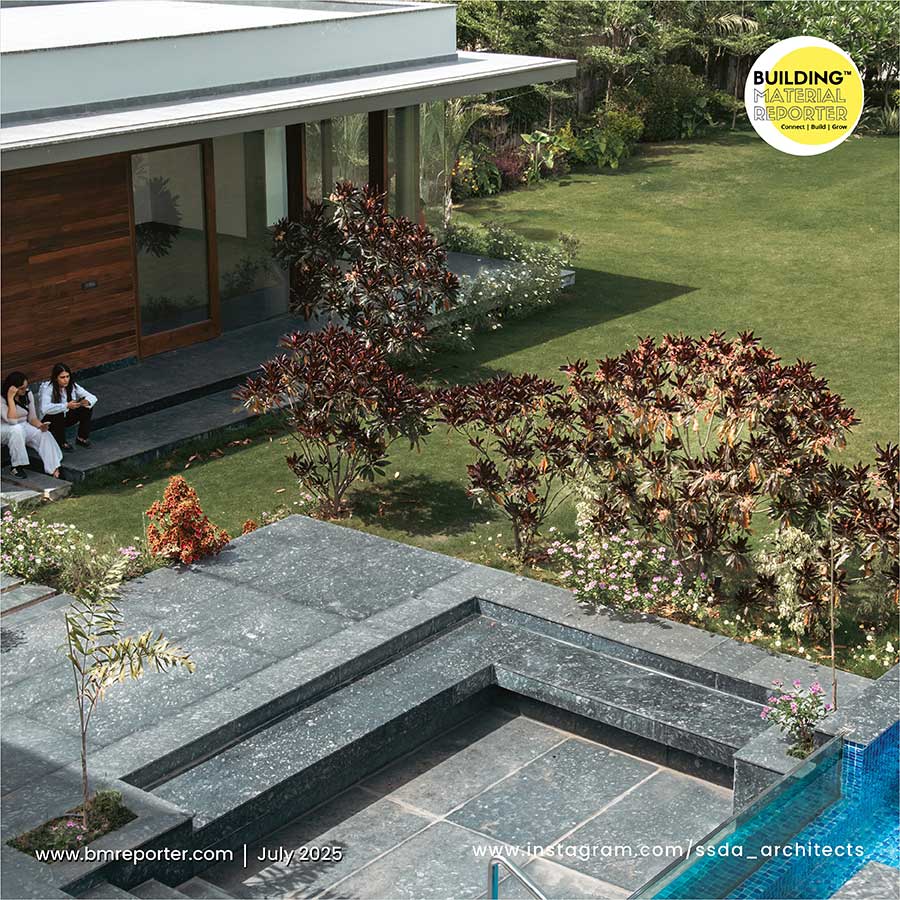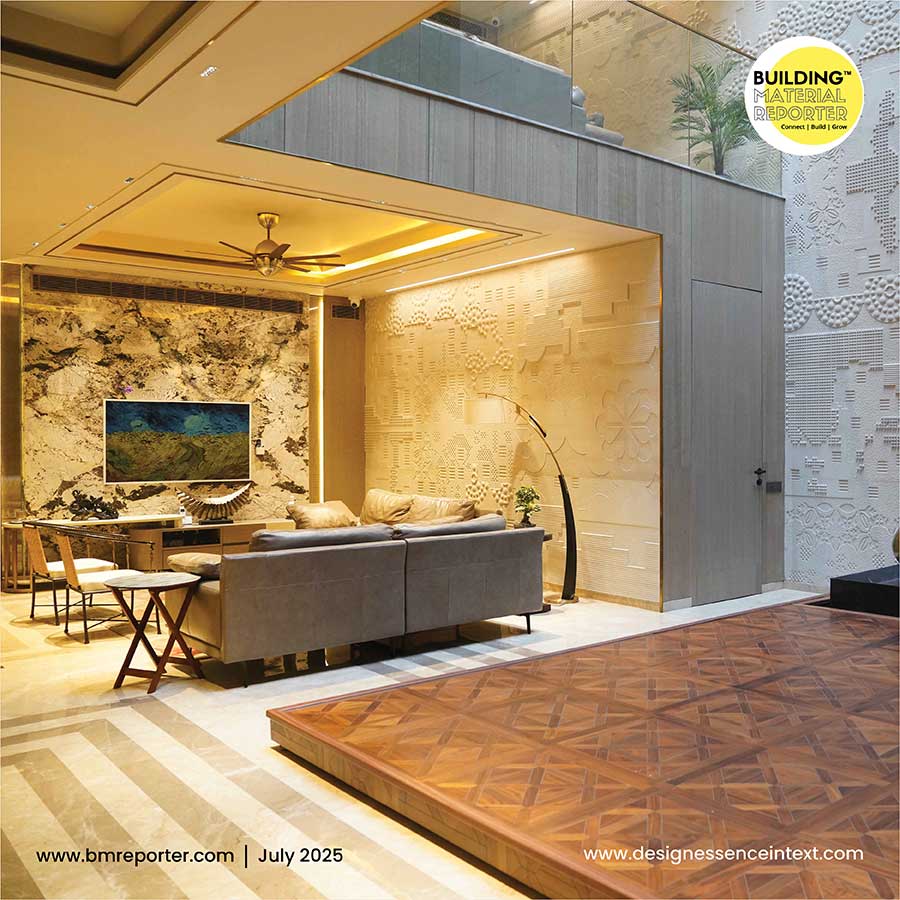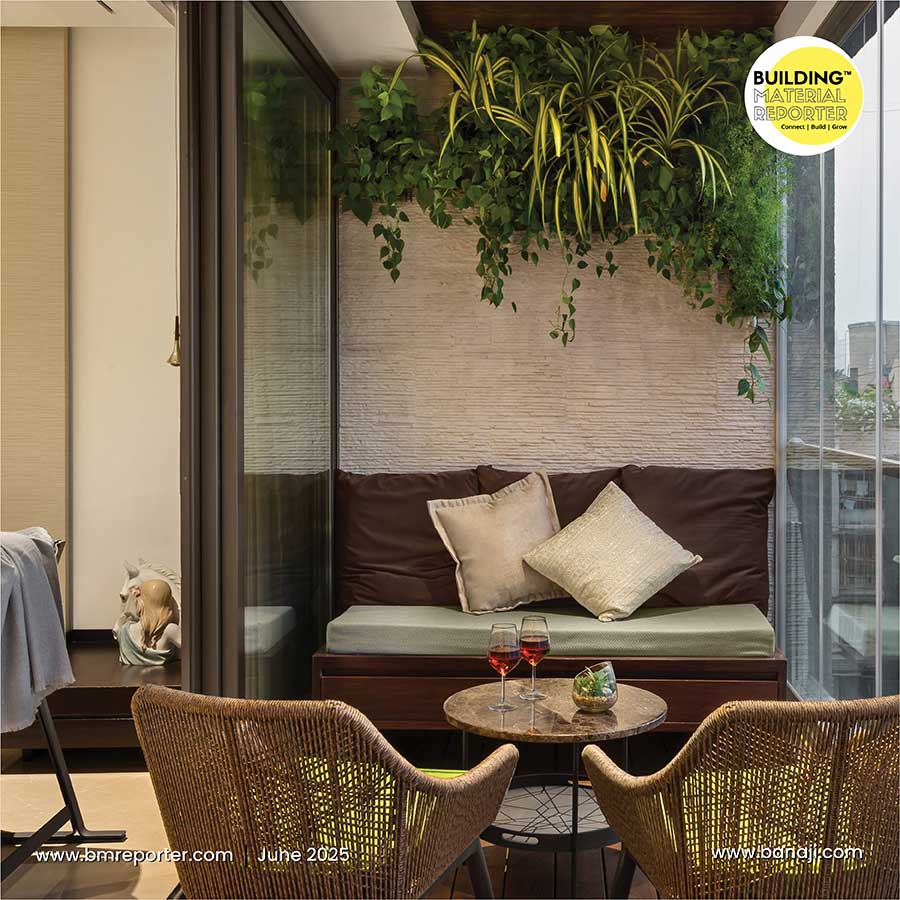Connections: Soulful Architectural Spaces
- October 12, 2022
- By: Priyanshi Shah
- INFLUENCERS
.jpg)
Imaginations and visuals create a narrative for a designer to convey experiences and learnings to society. Connections are an integral part of human nature, as we tend to relate to our surroundings. Spaces are living experiences when it's been used and one can emerge from them holding to that peculiar feeling. As a designer, we understand the people, functions, culture, and global problems for the betterment of society. Being an Architect, it is a responsibility to continue to create such interludes in our designs and define the connections. We are in the race of mass creation after the industrial age where we are adapting our places into the concrete jungle. It has generated other problems like pollution and waste and climate change and the extinction of rare species. Climate change is not a hoax but a real thing where many species are affected and are dying due to it. Integrating nature in our built form helps to create a breathing environment and establishes a considerable experience for the user. History is the keen knowledge we have about our past experiences and explorations of ourselves. Architectural elements such as doors, windows, terraces, courts, balconies, and jharokha are formed to create a paused movement and experience the surrounding environment. Senses help us to connect and perceive the colors, patterns, and volume and interpret them in a sense of belonging.
When you look at Japanese traditional architecture, you have to look at Japanese culture and its relationship with nature. You can live in harmonious, close contact with nature - this very unique to Japan.(Tadao Ando)
Islamic Architecture and Nature
The birth of Islamic architecture consisted of geometry, nature, and community living with sustainability and grace at its peak. In their view, architectural entities are special and rare because they capture the characteristics of one environment, one culture, and one climate. They understood geometry as the vernacular of the natural order, by looking at the evolution of flowers and calmness in the flow of water, the sunset, and the sunrise, understanding the inner self, the gestures of hands and faces, one comprehends patterns and a structure of life. The Islamic buildings especially consisted of gardens, courts, and water bodies connecting with the surrounding passages as a transitional space, a pausing moment in the place. They thought of plants and water in courts, air circulation, cool breeze, and penetration of natural light in the space formulating the play within the elements. A great example of the narrative is Islamic architecture, which illustrates the intricate patterns, colors, and details embodied in the culture. The courts and water bodies surrounded by a series of columns tell the tale of people and culture. With the gardens flowering one can sense the fragrance of beauty from the corridors. Strongly connected to the context which gives the power analytically or dogmatically to belong to any place. The journey of place is the conclusive story of the building and how it is experienced. It consists of nature and built form with moments of pauses and stillness to experience the surrounding.
.jpg)
Nature: Surroundings
Nature is not apart from us but part of us. We are atoms at a cosmic scale connected to each individual. Being poetic, we are branches of a tree, dust in the air, cool breeze and that’s what connection is meant and understood. It is the moment to regain consciousness in a place full of trees, courts of flower fragrance, streets habitable to both humans and animals, water bodies, and activities around it. Hence, that’s what the city exists for and gives rise to us feeling alive. We observe the surrounding nature and perceive it, creating a play of tranquility and solitude.
.jpg)
As we touch the materials, listen to the space, and smell the air, each aspect of the building engages our minds and creates our experience. Through the approach, surprise, and pause, we create the journey of connection to the environment. Building form and landscape are tightly entwined, and they should be integrated rather than separated. In a recent study, it is stated that people feel more engaged when connected. It is essential to design spaces in a way that meets human requirements, and understanding their needs makes the task even more challenging. In spite of the fact that we have lost the connection to an environment in which we used to sit and paint, stare at stars, and observe patterns of surroundings, it is never too late to understand what happened and rekindle the connection between humans and their natural surroundings.
Geoffrey Bawa
.jpg)
Design and architects must be aware of their responsibility to the environment. By renewing old methods of connecting to nature, we can change our relationship with nature and maintain physical proximity to the environment by re-framing cities and buildings to connect to rather than separate from them. As a result of the design, we will create a dialogue that combines context, cultural behavior, and how we perceive the world. Focusing on the experiences and sustainability of the place will break the chain of mass production of built forms. In a similar way, cities will be designed to connect with the environment and create joyful environments. It is possible to make cities alive and to find a deep connection between people through thoughtful approaches.








